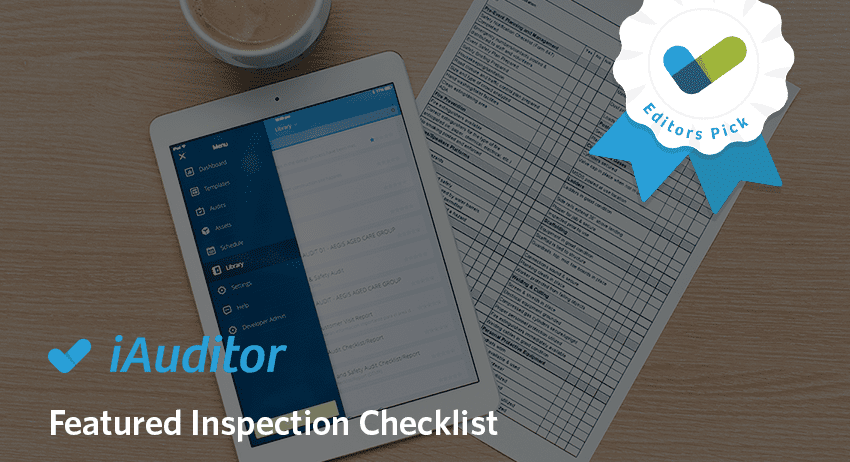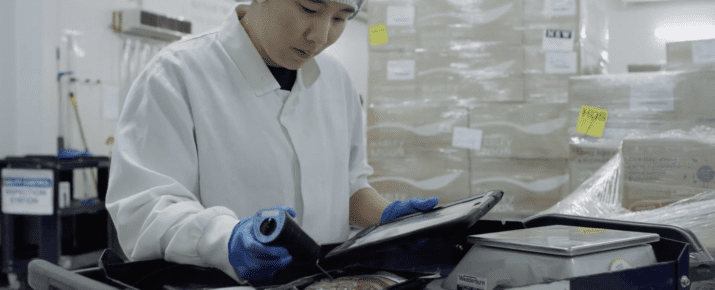Editor's Pick: ISO 9001:2008 Checklist
Checklist Best Practices | By | 14 Sep 2015 | < 1

International standards make things work. They provide world-class specifications for products, systems and services. ISO is the International Organisation for Standardisation and for some industries, such certifications are required by law.
The international body creates standards to ensure quality, safety and efficiency.
ISO has more than 19,500 international standards that cover almost every industry. They impact everyone from technology companies, to food safety, to agriculture and healthcare.
More than one million organisations worldwide have adopted the principles and the required certifications for ISO 9001, Quality Management Systems.
iAuditor is used heavily to create ISO certified checklists for certification and quality assurance purposes.
The benefits of going from paper to digital are endless. Using iAuditor gives companies increased visibility, instant access to data and reduces their environmental footprint.
An average ISO checklist consists of over 500 items. One checklist could equal hundreds of pieces of paper printed daily.
Today, we’re highlighting the best ISO 9001 checklist we found within the iAuditor Public Library.
An avid iAuditor user, Christopher Cole, Safety Manager at WC Spratt INC, operates iAuditor daily to ensure his team is performing at the highest standards.
“I have been an early subscriber to iAuditor and have been through its iterations, it’s why it remains seated firmly at number one as the go-to suite for safety and quality professionals.”
Christopher recently implemented a new safety program at work, replacing the company clipboards with a fleet of tablets.
“iAuditor allowed us to go paperless and save a few trees without storing mountains of paper.”
“Our safety metrics improved, as well as finding niches for our service department.”
“I could not do the job I do without this powerful suite [iAuditor].”
Download the ISO 9001:2008 Template
or download iAuditor for iOS or Android
Important Notice
The information contained in this article is general in nature and you should consider whether the information is appropriate to your specific needs. Legal and other matters referred to in this article are based on our interpretation of laws existing at the time and should not be relied on in place of professional advice. We are not responsible for the content of any site owned by a third party that may be linked to this article. SafetyCulture disclaims all liability (except for any liability which by law cannot be excluded) for any error, inaccuracy, or omission from the information contained in this article, any site linked to this article, and any loss or damage suffered by any person directly or indirectly through relying on this information.





